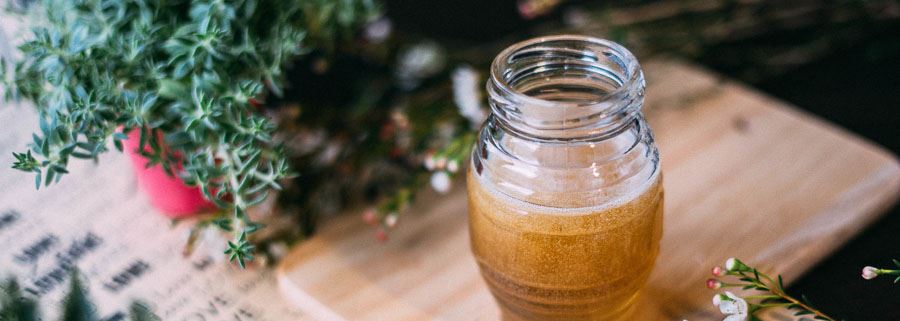Honey is basically the sweet nectar from a plant’s flower, collected by a bee, evaporated by other bees, and stored in a bee hive.
There are many types of honey available to buy, and the choice is increasing by the day. Typically, supermarket honeys are a mix of blends so that they deliver a consistent taste, however, raw honey, produces a range colours and flavours, from light and floral to dark and strong tasting. Honey is also presented in a range of forms, liquid, creamed or candied honey. You can even buy honey in the comb, which you might be lucky to find at your local market. Honey in the comb — the ultimate sweet treat, is the purest of all honey and brings the best of health benefits, perfectly packaged -you can even eat the wax! There are many different sorts of bees in the world, and many of them produce honey, but the main type of honey-producing bee is Apis mellifera. Bees’ primary job is to collect food for the colony namely, a sweet liquid from flowers called nectar and a powdery plant protein called pollen. To turn nectar into honey the bees dehydrate the nectar and mix it with enzymes from glands on their body. Both nectar and pollen are stored in the hive for future food. HONEY IS MADE UP OF
FLAVOUR AND COLOURMany thousands of types of plants produce nectar and pollen, so potentially there are many thousands of types of honey – just add flora!
THE BEST LOVED AUSTRALIAN HONEY FLAVOURSCOME FROM
… and there are many more! Know the rules!The selling of honey and wax in Australia is strictly regulated. Here is an excellent presentation given to Beekeepers Society SA meeting on 3rd April 2018 by Crispin Boxhall LegislationLinks to legislation covering the sale of hive products are below. What is NICNAS called now? The Industrial Chemicals (Consequential Amendments and Transitional Provisions) Act 2019 and the Industrial Chemicals (Consequential Amendments and Transitional Provisions) Rules 2019 cover matters relating to the changeover from NICNAS to AICIS which took effect on 1 July 2020.24 Apr 2024.
|



%20copy.jpg)
